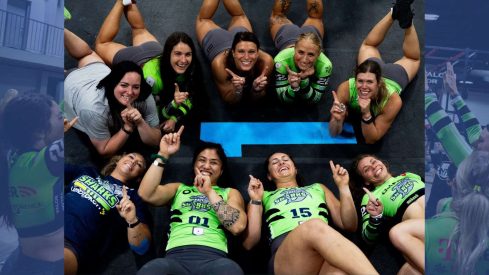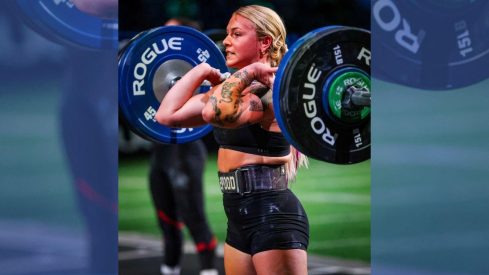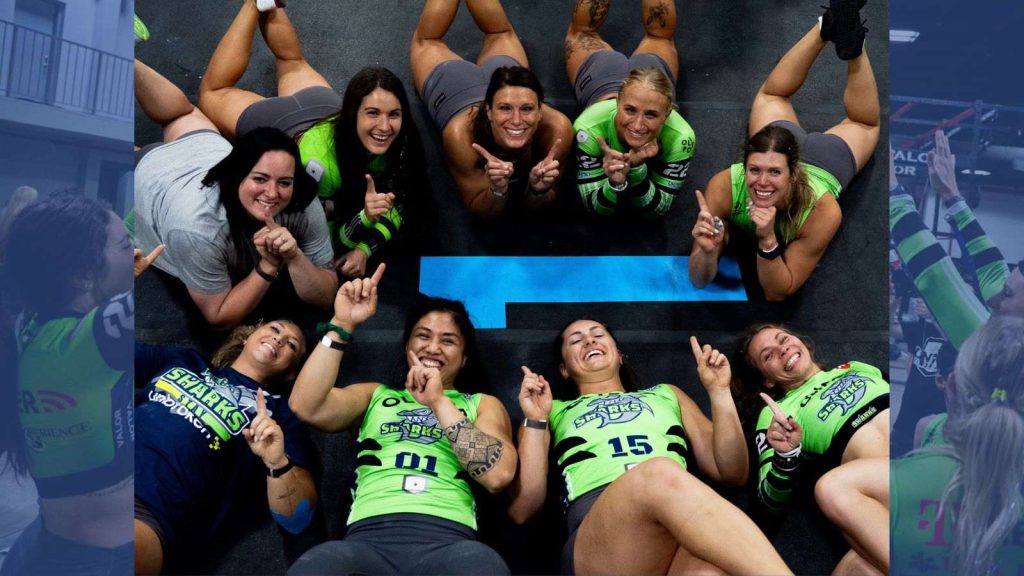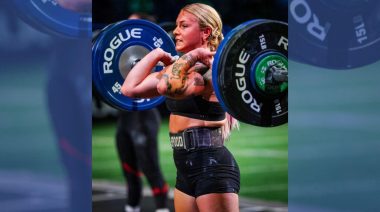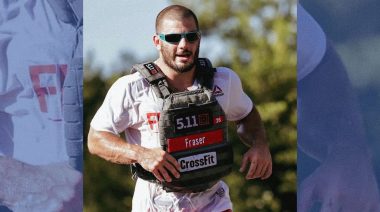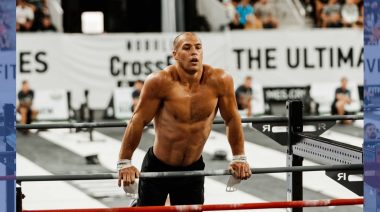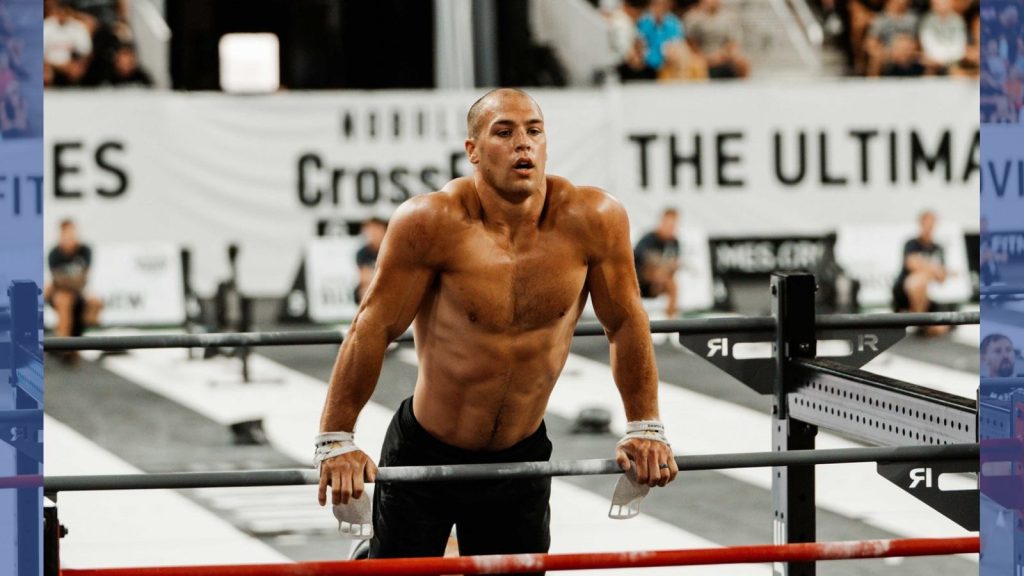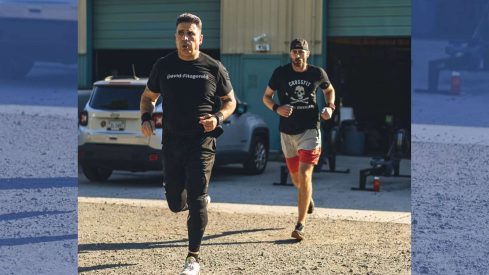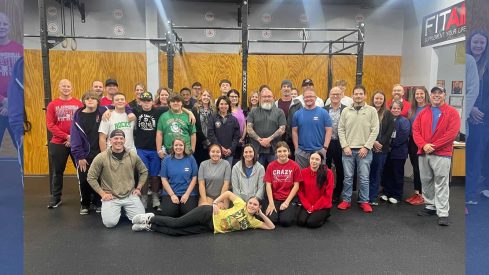Latest CrossFit News
-
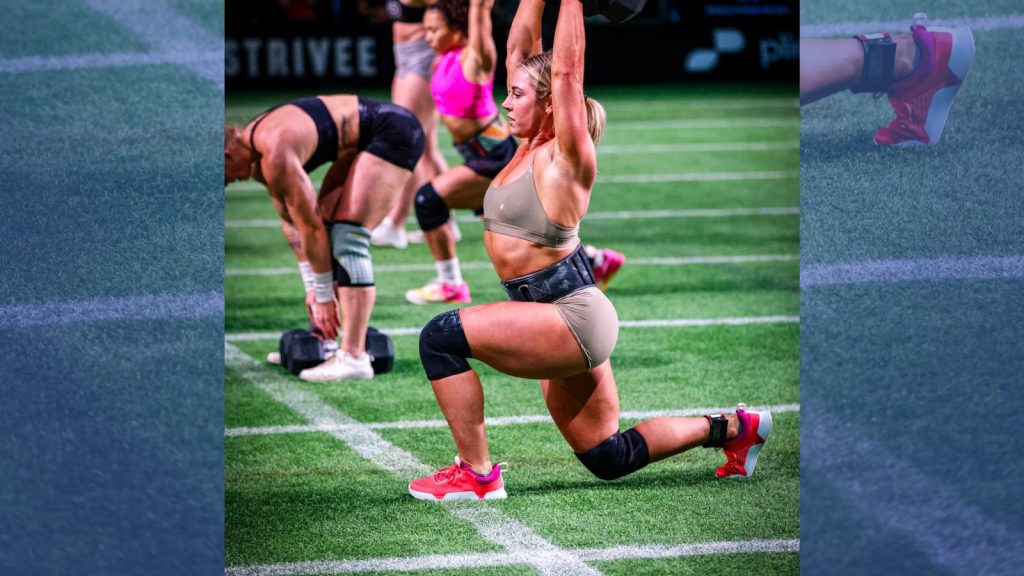
Full 2025 CrossFit Games Roster – See the 60 Athletes Who Qualified
The 2025 CrossFit Games qualifying season is now complete, and we have a full roster of 30 men and 30 women. These athletes listed below earned their tickets through one of the 10 In-Person Qualifying Events, or In-Affiliate Semifinals, held from early April to mid-June. Note: It is still possible that some athletes may withdraw…
Competitions
-
Southwest Florida Sharks Eye Perfect Season as United Grid League Playoffs Loom
The United Grid League will conclude its regular season this weekend, providing teams with a final opportunity to qualify for the playoffs and the championship match in August. Check out this weekend’s match schedule here. Remind me: The United Grid League (UGL) season started in May. Each team plays four regular-season games, and the top…
-
Gymreapers Named Official Partner of the 2025 CrossFit Games Age Group Division
-
World Fitness Project Tour Stop II Takes Shape: Unofficial Challenger Qualifier Results
-
Mat Fraser’s Tips for Improving 4 Vital CrossFit Movements
-
CrossFit Legends Share Words of Wisdom for 2025 Games Rookies
-
Inside Tia-Clair Toomey-Orr’s 2025 CrossFit Games Training
-
PRVN Goes All-In on HYROX — And It’s Working
CrossFit Basics
What Is CrossFit®?
CrossFit® is often referred to and known as “the sport of fitness”, but originally got its roots as a fitness regimen developed around functional exercises and high-intensity workouts. CrossFit® is a registered trademark of CrossFit, Inc.; more information can be found at their website, CrossFit.com.
This fitness methodology numerous movement staples, including:
- Box Jumps
- Thrusters
- Weighted Carries
- Squats
- Snatches
- Clean & Jerks
- Handstands
- Pull-Ups
These are a few of the movements an athlete can perform in any given CrossFit® workout. In order to excel in this sport, an athlete must be well-rounded and carefully curate programs that improve strength, mobility, power, and much more.
More In CrossFit
-
CrossFit Legends Share Words of Wisdom for 2025 Games Rookies
Earlier this year, CrossFit legend Cole Sager shared via social media that he would not pursue a spot at the 2025 Games. He was finally hanging his jersey up after 11 years competing on the big stage. With the 2025 Games quickly approaching, Sager reflected on his time spent competing and had words to share…
-
Inside Tia-Clair Toomey-Orr’s 2025 CrossFit Games Training
-
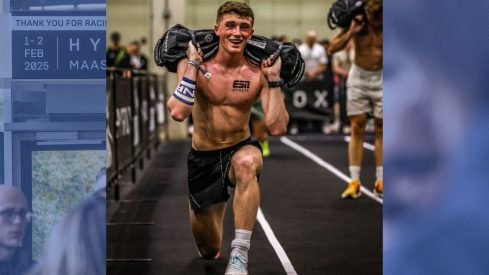
PRVN Goes All-In on HYROX — And It’s Working
-
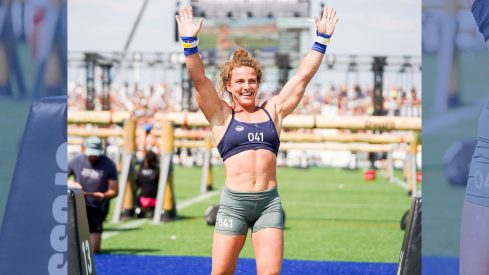
Alex Gazan Withdraws From the 2025 CrossFit Games
-
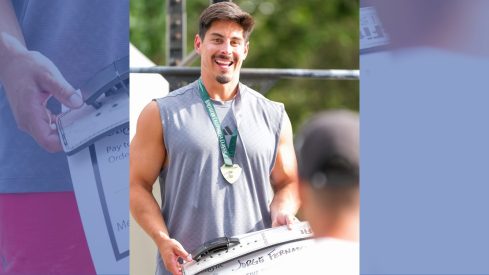
Which 2025 CrossFit Games Rookies Could Crack the Top 10?
-
How Personalized Programming Can Boost Your Bottom Line (Without Burning Hours Each Week)
-
“CrossFit for Change” – Fitness Meets Purpose in Small-Town Ohio
